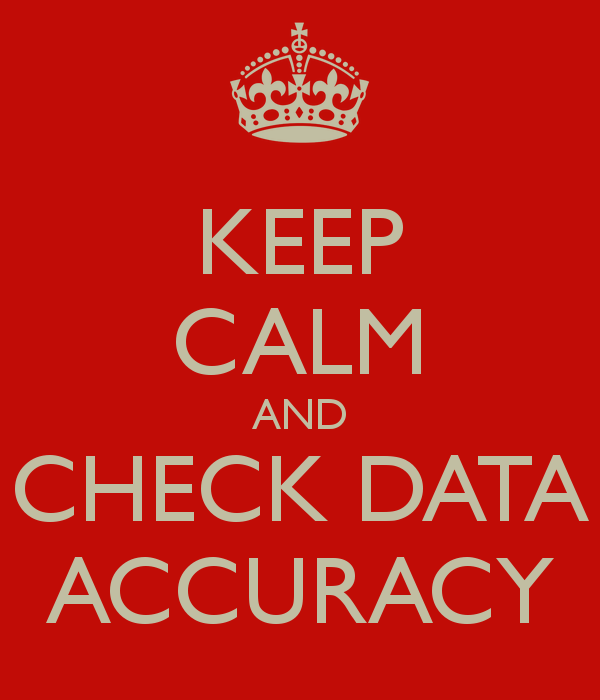Material master data, without a doubt, is the bane in the existence of any SAP enabled supply chain. This is not news to anyone in a supply chain leadership role, with most companies I engage with despairingly accepting that master data always has and always will be an insurmountable problem. This thinking is further entrenched by several failed attempts to fix material master data. There is a solution, and procurement needs to drive it.
You may be wondering why keeping material master data honest is procurements’ job. I am of the view that good master data can only make a buyer’s job that much easier. Having good data means less  manual intervention is required in SAP generated procurement proposals, and in fact, the better the quality of your material master data, the more likely you can move to using SAP’s automated procurement functionality.
manual intervention is required in SAP generated procurement proposals, and in fact, the better the quality of your material master data, the more likely you can move to using SAP’s automated procurement functionality.
If automation isn’t motivation enough, you may want to consider this: It’s procurement who contact suppliers and promise payment in exchange for goods, perhaps it is procurement then, who may have a vested interested in making sure that that master data of the goods they buy, accurately represents what they are buying. In addition, the quality of the master data that drives demand also becomes extremely important to buyers. Poor quality demand, driven by poor quality master data, immediately puts procurement on the back foot when servicing their internal customers.
There should be no doubt that addressing the issue of master data is complex and daunting, but you will have to begin somewhere. I’d propose you come to terms with the following fundamental questions as a departure point for fixing your material master data:
- Do you have a stocking strategy philosophy – that supports alignment of organisational strategy with tactical execution?
- Do you know how to translate this philosophy into effective MRP rule sets?
- Do you have a methodology that will help determine these rule sets?
- Do you know where to populate these rules in SAP’s four MRP views?
- Do you know how to use standard SAP tools to measure that the rules are delivering to, or detracting from your strategic objectives?
- Do you know how to change the rules if they not helping with the tactical execution of your strategy?
- Do you know how to use SAP’s supply chain exception monitors to check that the rules are adhered to – every day?
SAP have built a variety of different stocking strategies into the 4 MRP views you find in a material master and when combined through a structured and thought-out approach, will significantly improve not only the quality of your master data, but the outputs of MRP that is used to trigger procurement. For the most part I see companies typically sticking to one set of rules across all materials, implying that all materials, articles or spares behave in exactly the same way – I do not believe that this is the case.
One way to test if you have gone this route is to figure out the diversity of MRP Types that you use. SAP has built around 30 standard MRP Types in to the system. Most companies use only one or two. If this is the case in your company then you have inadvertently adopted a “One Solution Fits All” inventory management philosophy, and by inference not much attention has been paid to the questions above – certainly when it comes to SAP that is. In additional you most likely have some work to do in getting your material master data to aid in improving the service procurement provides your company.
There are some standard, quick and easy reports you can use to figure out the ratios of MRP Types your company uses across your inventory. Your SAP support partner or IT department should be able to guide you to these. Understanding how well you are using this one MRP rule is starting point to begin addressing the multitude of other possible master data settings.
It is definitely worth noting that procurement cannot function as the sole owner of material master data, but more the custodian. Collaboration and integration across all departments - sales, production planning, procurement, inventory management, warehousing, maintenance, accounts payable and accounts receivable is paramount to ensuring exceptional customer service, streamlined efficiency and optimised inventory levels. It becomes crucial then that procurement (or any function for that matter) does not dictate the master data setting, but rather collaborates with their customers to at very least ensure a sound understanding of how healthy master data, will ensure better and better service from a company’s buyers.
